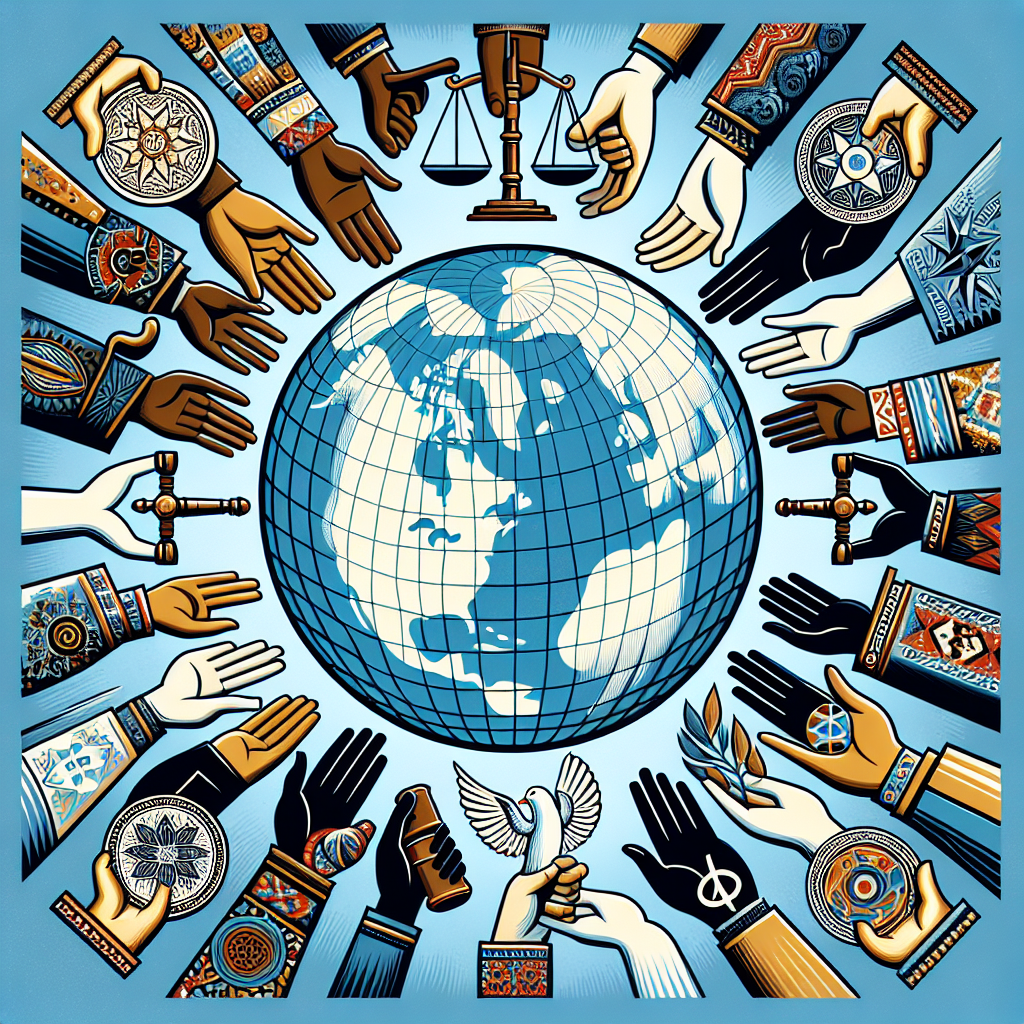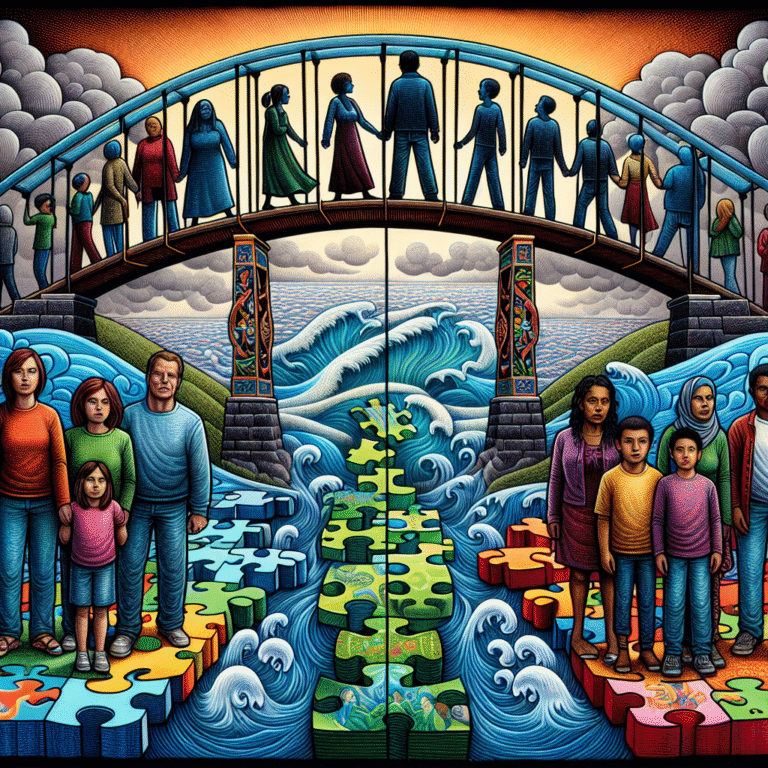
Introduction
In an era where social justice and human rights continuously shape our conversations, understanding how various cultures address victim rights becomes increasingly vital. Victimology—the study of victims and their experiences—encapsulates these discussions, offering insights that transcend borders. Cultural Perspectives in Victimology: How Different Societies Address Victim Rights serves as an essential guide for understanding the diverse ways society recognizes and supports those affected by crime. By delving into this critical topic, we aim to equip readers with knowledge that is not only informative but potentially transformative for ongoing dialogues around victim support worldwide.
The Landscape of Victimology
Understanding the landscape of victimology begins with recognizing its primary focus: the victim’s experience. Traditionally, victimology was centered on the criminal’s actions, yet the past few decades have shifted this focus dramatically. Victim rights movements have emerged, advocating for empowerment and recognition of victims.
A Brief History
Historically, victims were often overlooked in the justice system. The evolution towards including victim perspectives began in the 20th century, paralleling broader movements for civil rights. As societies placed increased value on human dignity, victimology began to integrate insights from sociology, psychology, and law.
Cultural Variations in Victim Support
Across the globe, various cultures approach victim rights differently. Exploring these cultural perspectives provides invaluable insights into how societies devise unique support systems.
1. Western Approaches: Individual Rights Advocacy
In the U.S. and much of Western Europe, victim rights have gained significant traction over the past few decades. The emphasis is often on individual rights.
Case Study: The United States
In the U.S., the Victims of Crime Act (VOCA) illustrates a governmental attempt at formalizing victim rights. It established a fund that allocates dollars to aid victims of crime at both state and local levels.
Analysis: The VOCA framework emphasizes the right to compensation, providing a structured approach to victim support that can serve as a model for other nations. However, it often faces criticism for not addressing the psychological needs of victims adequately.
Table 1: Western Victim Support Mechanisms
| Mechanism | Description | Key Features |
|---|---|---|
| Compensation Funds | Monetary aid to victims | Varies by state |
| Victim Advocates | Support throughout the legal process | Information and emotional support |
| Restorative Justice Programs | Involves victims in the justice process | Aims for healing and closure |
2. Eastern Perspectives: Community-Oriented Approaches
In contrast, many Eastern societies emphasize community and collective responsibility over individual rights.
Case Study: Japan
Japan adopts a restorative justice model that emphasizes reconciliation. The community often plays a key role in supporting victims through traditional practices.
Analysis: This communal support system reduces the stigma associated with being a victim and encourages societal healing. However, it may lack the structured legal compensations found in Western systems.
Chart 1: Elements of Japanese Victim Support
plaintext
Elements of Support
| Community Counseling |
| Family Involvement |
| Cultural Reconciliation |
3. Indigenous Approaches: Holistic Healing
Many Indigenous communities worldwide illustrate a profound understanding of communal healing. These approaches consider the well-being of the group, not just the individual.
Case Study: New Zealand’s Māori Community
The Māori people incorporate traditional practices like hui (meetings) that focus on dialogue and reconciliation.
Analysis: Such practices enable victims and offenders to come together, fostering understanding and restoring relationships. This method resonates deeply with the cultural identity of the Māori, though it may sometimes clash with formal legal frameworks.
The Role of Gender in Victimology
Another critical aspect to consider within cultural perspectives in victimology is gender. How do different societies address the needs of female victims, especially in patriarchal contexts?
1. Western Contexts: Advocacy and Feminism
Feminist movements in the West have catalyzed significant legal reforms to address gender-based violence. Organizations like RAINN (Rape, Abuse & Incest National Network) aid female victims substantially.
Case Study: The #MeToo Movement
This social movement heightened awareness around sexual violence and encouraged victims to speak out.
Analysis: The #MeToo movement demonstrates the power of collective voices in reshaping societal attitudes toward victims, fostering an environment where victims can seek justice.
2. Eastern Contexts: Cultural Stigma
In some Eastern societies, cultural attitudes often stigmatize female victims, making it challenging for them to seek help.
Case Study: India’s Response to Domestic Violence
The introduction of the Domestic Violence Act in India aimed to provide legal recourse for women facing abuse. Yet, obstacles such as societal pressure and stigma continue to threaten its effectiveness.
Analysis: While significant steps have been taken to protect women’s rights, cultural norms often make it difficult for victims to come forward or receive support.
The Impact of Technology on Victimology
Technology is playing a crucial role in victim support, breaking barriers and allowing for more innovative approaches.
1. Online Support Systems
From virtual counseling to anonymous reporting tools, technology has made it easier for victims to seek help without fear of judgment.
Case Study: The Use of Apps
Several countries have developed mobile applications that provide resources for victims, enabling them to access information discreetly.
Analysis: While technology enhances accessibility, it also raises concerns about privacy and security.
2. Social Media Campaigns
Social media has emerged as a robust platform for raising awareness about victim rights.
Case Study: #EndVictimBlaming Campaigns
Grassroots movements on platforms like Twitter have challenged societal norms and shifted the narrative around victimhood.
Analysis: These campaigns not only educate the public but also empower victims, encouraging them to share their stories.
Legal Frameworks and Global Standards
With varying cultural perspectives on victim rights, establishing a cohesive international standard presents unique challenges.
1. UN Guidelines
The United Nations has set forth guidelines outlining the rights of victims.
Case Study: The UN Declaration on Basic Principles of Justice for Victims of Crime
This declaration advocates for access to justice, effective remedies, and support services.
Analysis: While these principles provide a foundational framework, adherence varies globally, often influenced by cultural factors.
2. Comparative Legal Analysis
Understanding how different legal systems address victim rights can inform improvements in victim support worldwide.
Table 2: Victim Rights by Country
| Country | Key Legal Features | Challenges |
|---|---|---|
| Sweden | Extensive support systems | Accessibility issues |
| South Africa | Strong legal protections | High levels of violence |
| Brazil | Restorative justice initiatives | Implementation inconsistency |
Conclusion
Cultural Perspectives in Victimology: How Different Societies Address Victim Rights offers a foundational understanding of the multifaceted approaches to victim support across the globe. By recognizing the diverse cultural contexts, initiatives, and challenges faced by victims, we pave the way for more empathetic and tailored solutions.
As advocates of social justice, readers can play an active role in promoting victim rights within their communities. Whether through supporting local organizations, participating in discussions, or embracing the narratives of those affected, each action contributes to a more inclusive society focused on healing and empowerment.
FAQs
1. What is victimology?
Victimology is the study of victims, exploring their experiences, relationships with offenders, and societal responses to victimization.
2. Why are cultural perspectives important in victimology?
Understanding cultural perspectives allows for tailored support systems that respect the values and traditions of different communities, leading to more effective assistance for victims.
3. How can individuals support victims in their communities?
Individuals can support victims by advocating for victim rights, volunteering with organizations, and raising awareness about issues affecting victims.
4. What role does technology play in supporting victims?
Technology facilitates access to resources and support services, helping victims connect with assistance anonymously and securely.
5. Are victim rights universally recognized?
While many countries adopt frameworks to support victim rights, recognition and implementation vary widely, often influenced by cultural norms and societal attitudes.
This in-depth exploration of Cultural Perspectives in Victimology: How Different Societies Address Victim Rights raises awareness of global issues while fostering a deeper understanding of the ongoing struggle for empowerment and recognition among victims. By examining successful case studies and recognizing challenges, we can work towards a more just and equitable framework for victim support around the world.
















